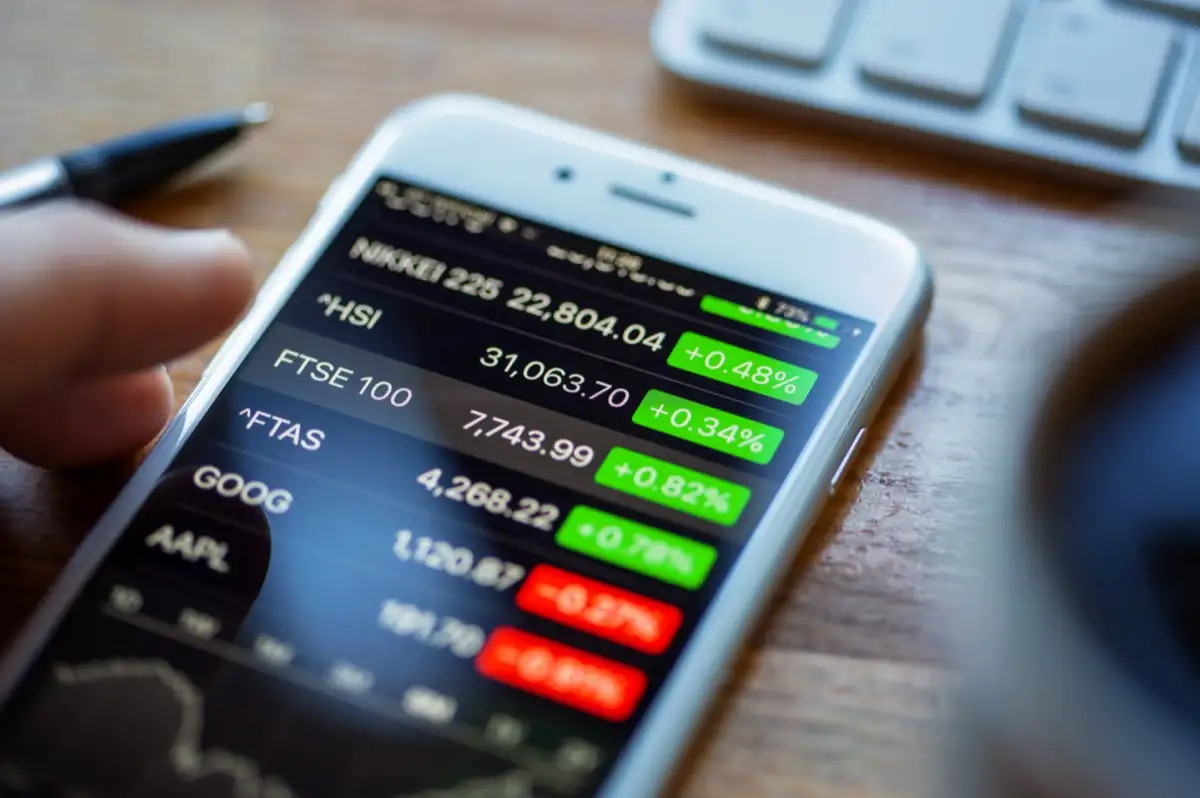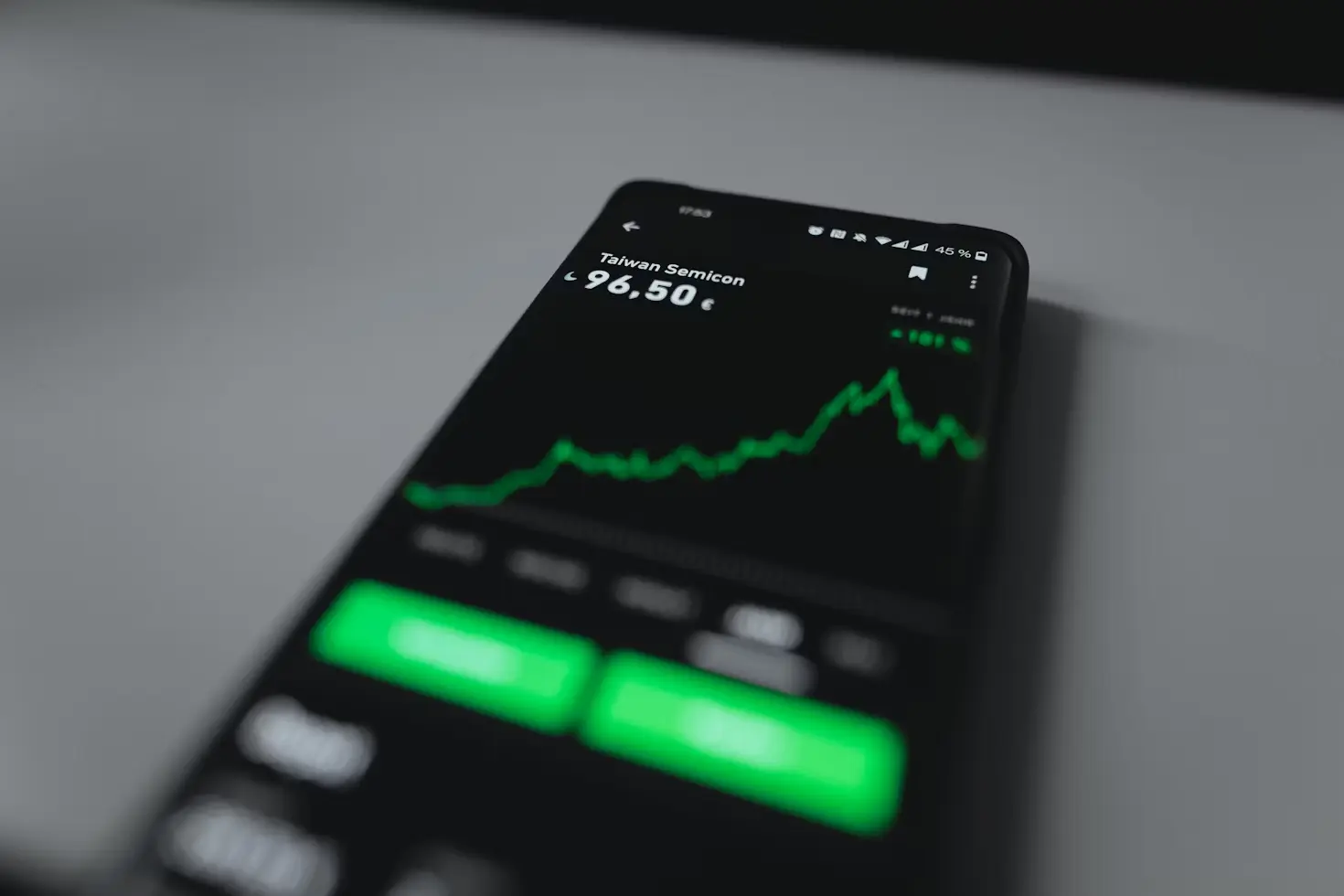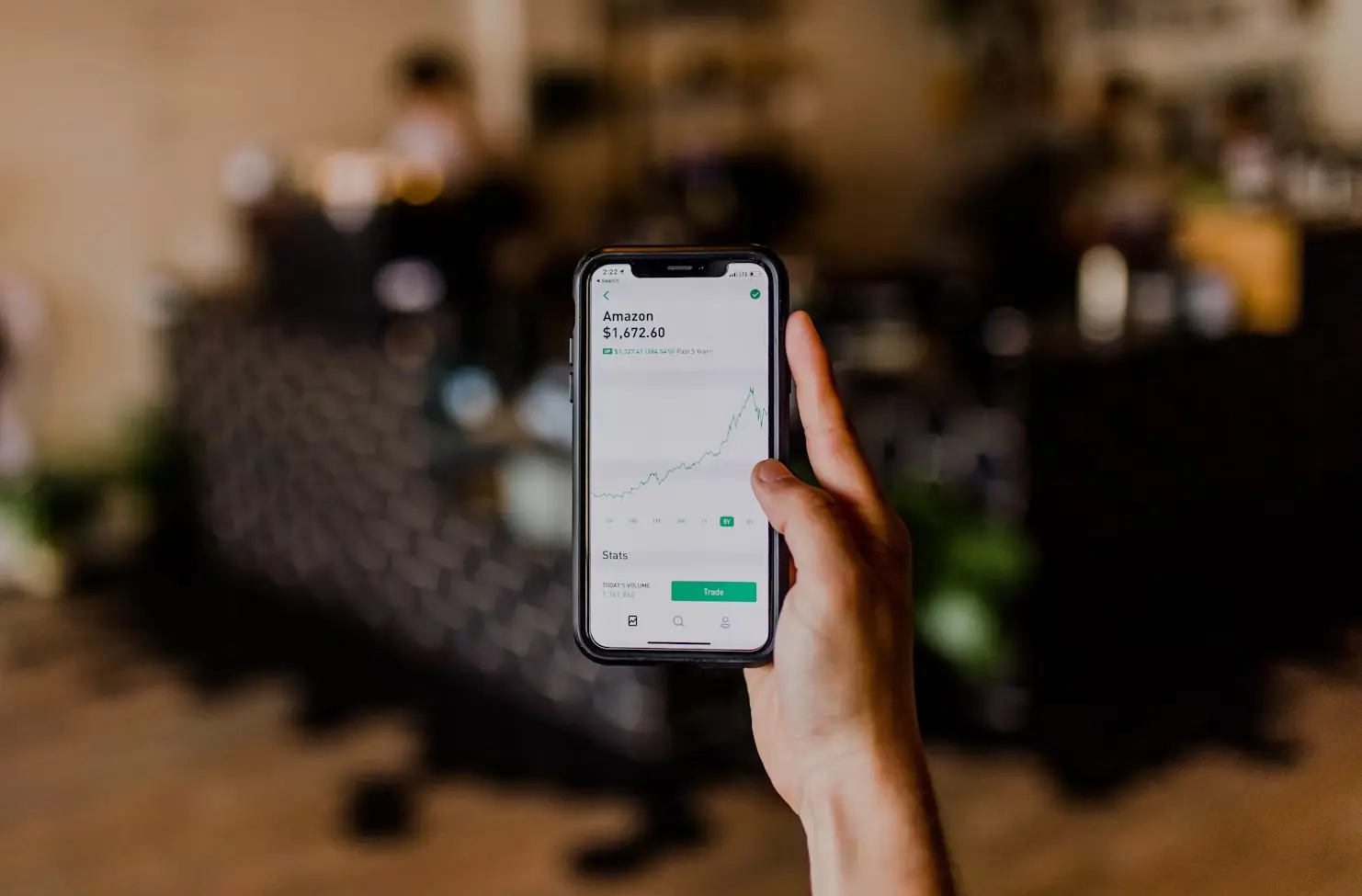
Trading in financial markets can be lucrative but complex. Understanding various trading strategies is essential for both new and experienced traders aiming to maximize their potential returns while minimizing risks. This guide will explore a range of trading strategies, emphasizing the importance of choosing the right timeframe and managing financial commitments effectively.
Understanding Different Trading Strategies
- Day Trading
Day trading involves buying and selling securities within the same trading day. Traders capitalize on small price movements in highly liquid stocks or indexes. The key is to maintain focus and discipline, reacting quickly to market movements to book profits by the end of the day.
- Swing Trading
Swing traders hold positions for several days to capitalize on expected upward or downward market shifts. This strategy requires understanding market trends and being able to withstand minor fluctuations in favor of larger gains. Successful swing trading hinges on identifying the right timing for entry and exit points, which involves analyzing technical indicators and market sentiment. Additionally, swing traders must have patience and the discipline to stick to their trading plan, even when market conditions tempt them to deviate. This approach not only helps in capturing significant market movements but also in avoiding the pitfalls of overtrading, allowing traders to optimize their investment returns while managing risk effectively.
- Position Trading
Position trading is a long-term strategy where traders hold positions for weeks, months, or even years. It requires a profound understanding of market fundamentals and patience to wait through inevitable ups and downs.
- Scalping
Scalping is one of the quickest strategies used in trading. It involves making dozens or hundreds of trades per day to “scalp” a small profit from each. This technique requires a significant time commitment and a strict exit strategy to protect profits.
The Role of Timeframe in Trading
Choosing the right timeframe is critical in trading, as it can influence the trading style and success rate. Timeframe trading refers to the specific times during which traders choose to operate, based on their strategy and risk tolerance.
- Short-term timeframes are often used by day traders and scalpers who make quick decisions and frequent trades to profit from small price changes.
- Medium-term timeframes are preferred by swing traders who need enough time to assess market movements and capitalize on them without the need to monitor positions continuously.
- Long-term timeframes suit position traders who perform deep fundamental analysis and are less concerned with short-term market fluctuations.
Each timeframe requires different setups, mindsets, and resources. Traders must choose their timeframe based on their market knowledge, availability, and financial goals.
Importance of Financial Management
Effective financial management is crucial in trading. It involves planning how much money to risk on each trade, setting stop-loss orders to limit potential losses, and knowing when to exit a trade. For instance, traders managing their finances through tools like the Avant Credit Card need to ensure they have sufficient funds to cover trade margins and potential losses.
Furthermore, understanding how to manage credit and effectively allocate resources can prevent significant financial strain. Services like the Avant Credit Card login and payment system can help traders keep track of their spending and ensure they do not exceed their budget limits.
Leveraging Technology
Today, technology plays a pivotal role in trading. Automated trading systems can execute trades at speeds and accuracies far beyond human capabilities. Software can analyze hundreds of charts simultaneously, providing real-time data that is crucial for making informed decisions.
Moreover, using advanced charting and analytical software helps traders identify patterns, understand market sentiments, and predict future movements more accurately. These tools are indispensable for implementing any trading strategy effectively.
Continuous Learning and Adaptation
The financial markets are ever-evolving, and so should be the strategies traders use. Continuous learning from past trades, staying updated with global financial news, and adapting strategies to reflect current market conditions are essential practices for any trader. Attending seminars, taking online courses, and participating in trading forums can provide invaluable insights and help refine trading techniques. Moreover, reviewing and adjusting strategies over time is crucial as economic and market dynamics change. Engaging with a community of traders can also enhance learning through shared experiences and strategies. This peer collaboration can uncover new tactics and provide feedback on potential improvements.
Furthermore, traders should leverage analytics tools and software that can help them analyze market trends and predict future movements more accurately. Incorporating technology not only improves the accuracy of trades but also enables traders to execute strategies at optimal times, maximizing potential returns. By continually adapting to new information and technologies, traders can stay ahead in a competitive market, turning adaptability into a key asset in their trading arsenal.
Conclusion
Trading strategies are varied and must be selected carefully to align with the trader’s goals, risk tolerance, and available resources. Whether it’s deciding on the appropriate timeframe trading strategy or managing finances through efficient tools like the Avant Credit Card, each aspect plays a vital role in shaping a trader’s success. With the right approach and continuous adaptation, traders can not only survive but thrive in the competitive world of financial trading.









